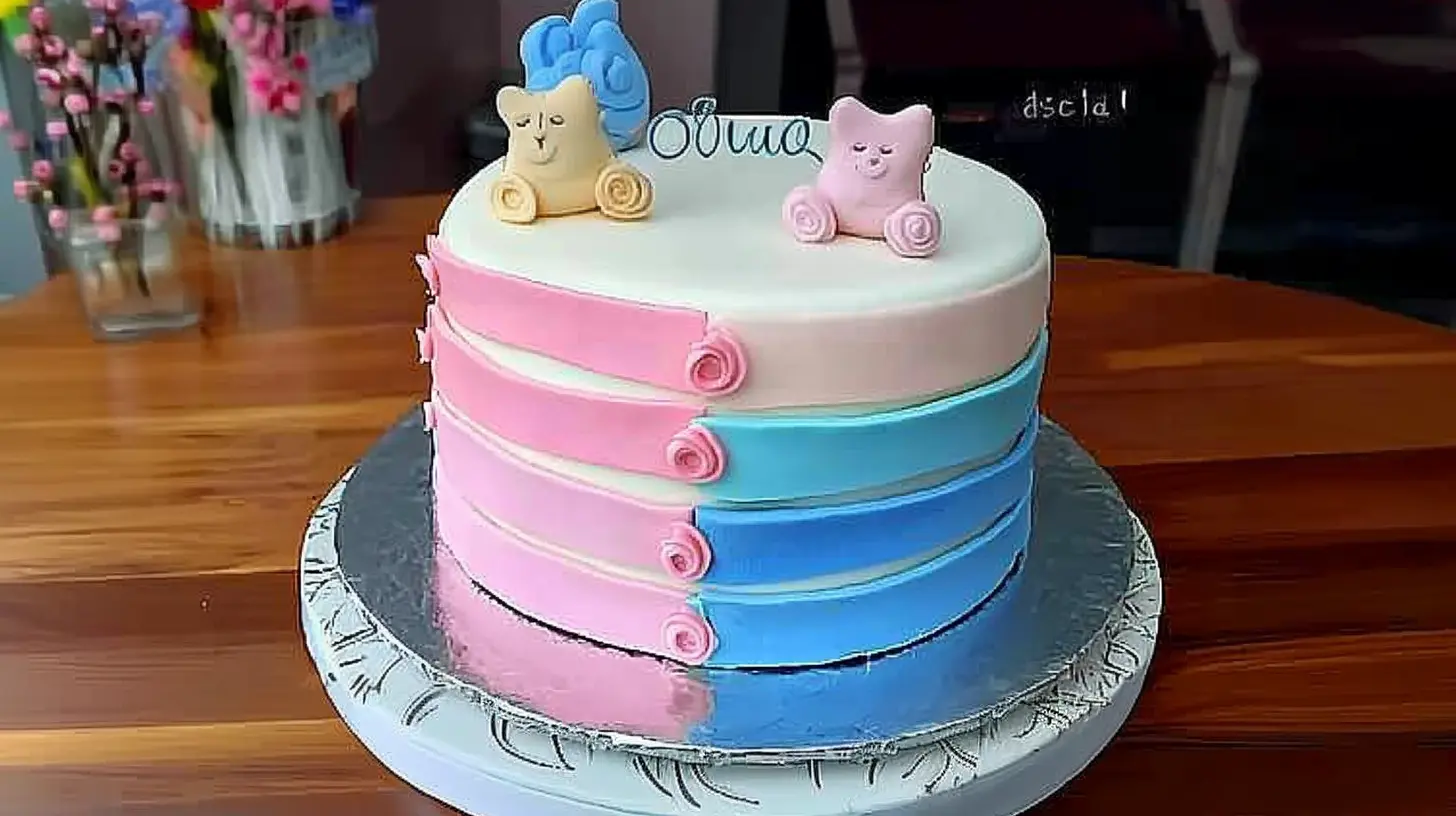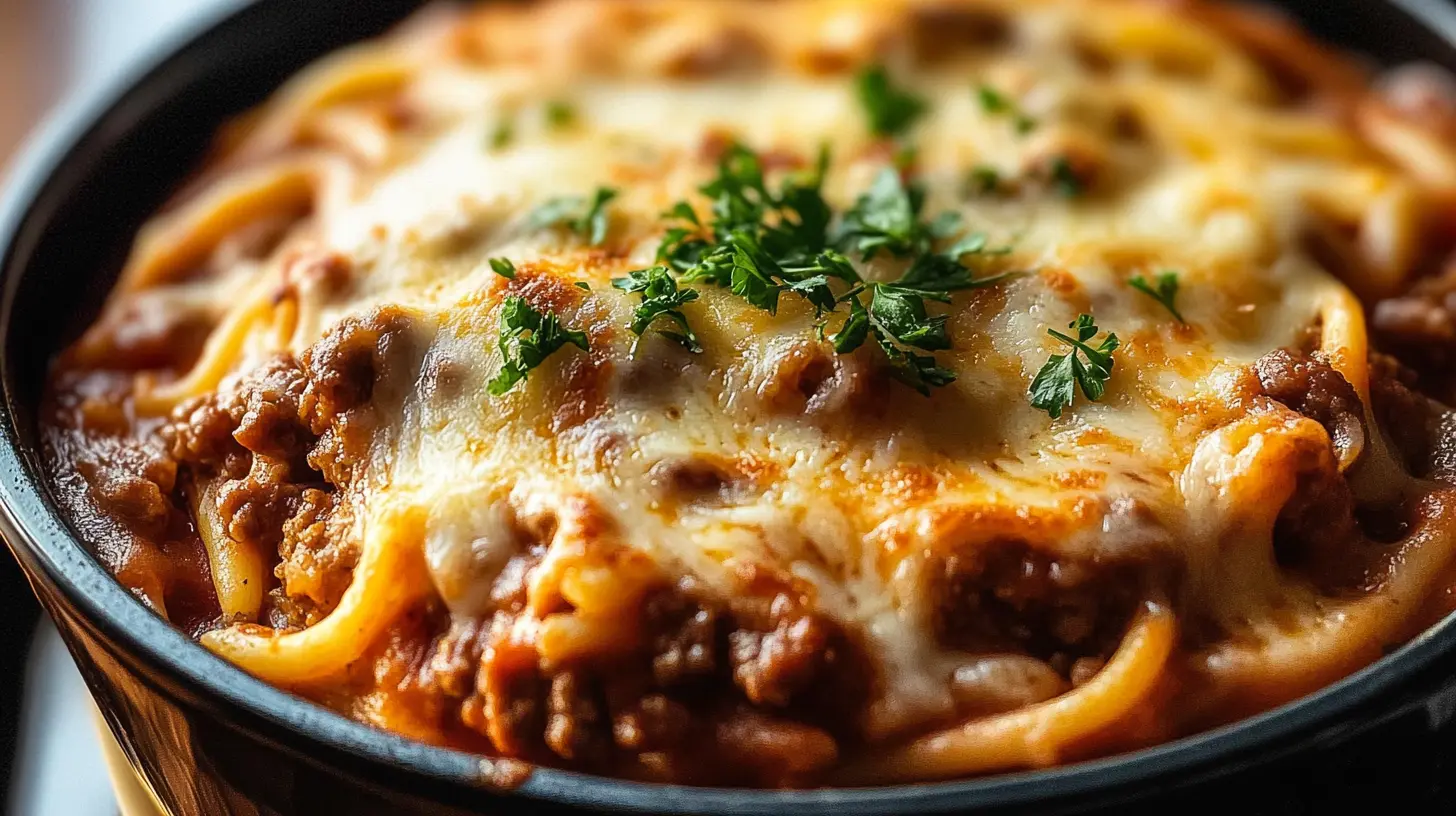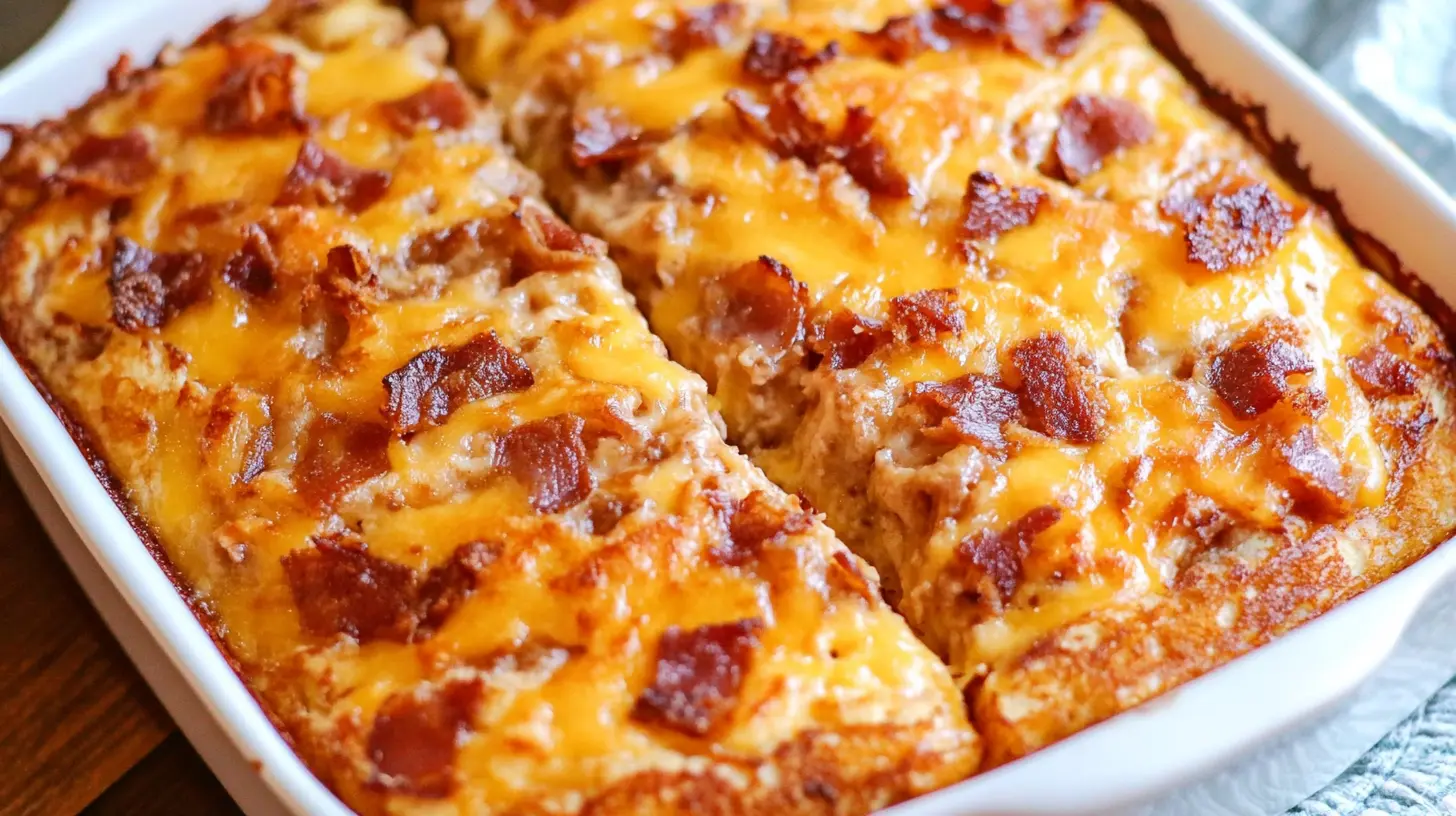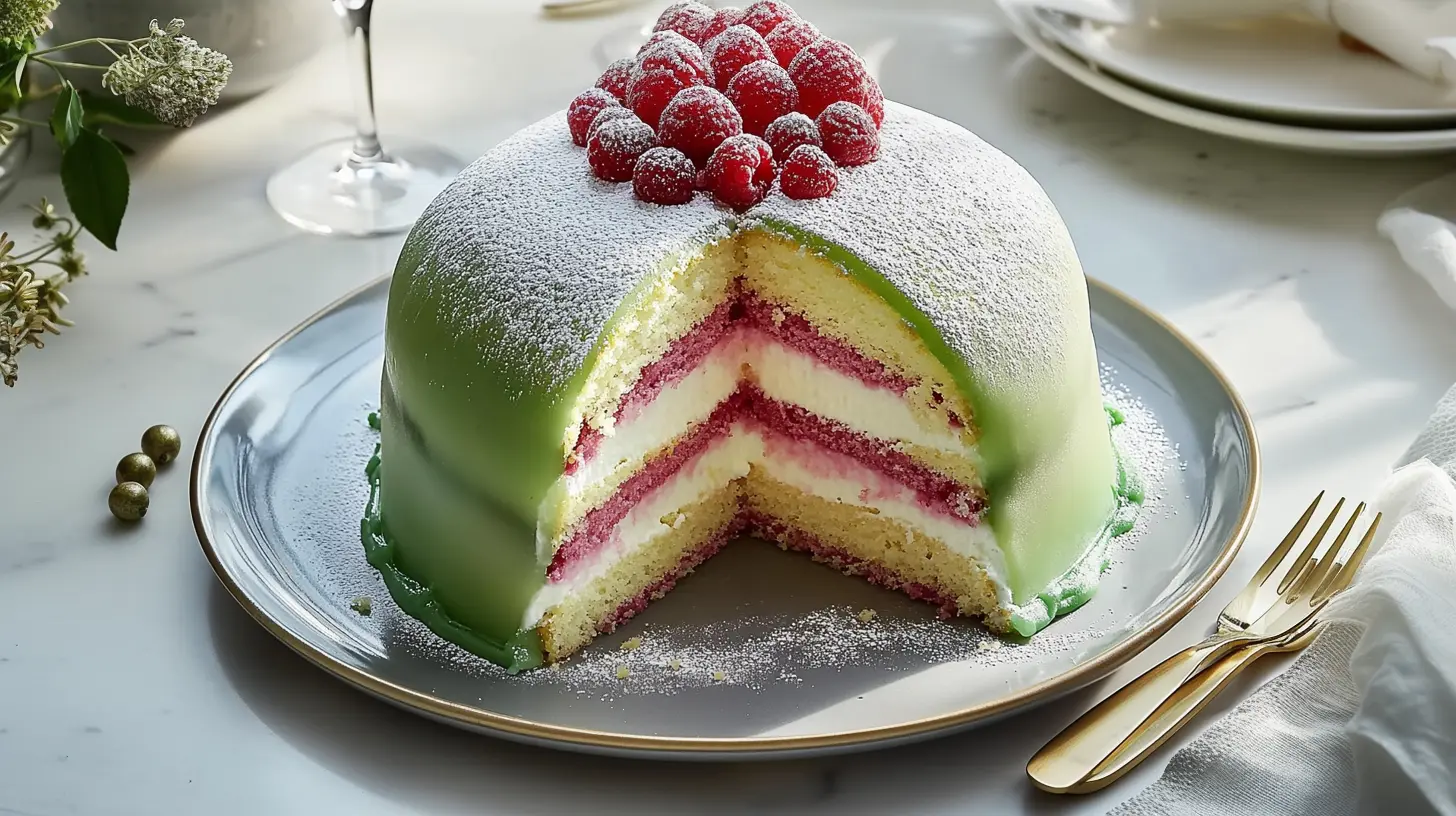Introduction to Baby Shower Cake
Baby shower cakes are a delightful way to celebrate the upcoming arrival of a little one. Whether you’re hosting a small gathering or a larger event, a well-decorated baby shower cake is sure to impress. This recipe focuses on simplicity, customization, and options for various dietary needs, making it accessible to a wide range of bakers and guests. Whether you’re a home cook, a busy parent, or a diet-conscious individual, this baby shower cake recipe offers flexibility and elegance without the hassle.
Cupcakes are another great option for events like baby showers, and if you’re looking for inspiration, check out our cupcake cake recipe for a creative twist on this classic dessert.
Benefits and Advantages of Baby Shower Cake
A baby shower cake comes with many advantages:
- Customizable Designs: Baby shower cakes are versatile, allowing you to tailor them to the theme of the celebration. Whether you want a simple, elegant design or an elaborate, colorful cake, this recipe can be easily adapted to match your vision.
- Diet-Friendly Options: You can create vegan, gluten-free, or low-sugar versions of this cake, ensuring that all your guests can enjoy a slice, regardless of their dietary needs.
- Ease of Preparation: This cake recipe is straightforward, making it perfect for both novice and experienced bakers. The steps are easy to follow, and you’ll end up with a cake that looks as good as it tastes.
Check out our birthday cake recipe for more ideas on how to create beautiful, celebratory cakes that can be adapted for baby showers.
Ingredients Overview
Essential Ingredients for Baby Shower Cake
Here’s a list of the key ingredients for a basic baby shower cake, with options for dietary substitutions:
- All-purpose flour (or gluten-free flour blend) – 2 ½ cups
- Baking powder – 2 teaspoons
- Salt – ¼ teaspoon
- Unsalted butter (or vegan butter) – 1 cup, softened
- Granulated sugar (or coconut sugar for a low-sugar option) – 1 ¾ cups
- Eggs (or flax eggs for a vegan option) – 4 large
- Vanilla extract – 2 teaspoons
- Milk (or almond milk for a dairy-free option) – 1 cup
This base recipe creates a light, fluffy cake that can be adapted to various dietary preferences. The vanilla flavor provides a classic, neutral base that pairs well with any frosting or decoration you choose.
Dietary Substitutions to Customize Your Baby Shower Cake
Here are some recommended substitutions to cater to different dietary needs:
- Vegan Option: Replace the eggs with flax eggs (1 tablespoon of flaxseed meal mixed with 3 tablespoons of water per egg). Use almond milk instead of dairy milk, and substitute the butter with vegan margarine or coconut oil.
- Gluten-Free Option: For a gluten-free cake, use a gluten-free flour blend that includes xanthan gum to help with texture. You can also experiment with almond flour for extra moisture and flavor.
- Low-Sugar Option: To reduce the sugar content, use stevia or monk fruit sweetener instead of regular sugar. This keeps the cake sweet without raising the glycemic index.
For more tips on catering to various dietary needs, check out our article on vegan mushroom recipes, which provides creative ideas for plant-based meals.
How to Prepare the Perfect Baby Shower Cake: Step-by-Step Guide
First Step: Preheat the Oven
Preheat your oven to 350°F (175°C). Grease and flour two 9-inch round cake pans or line them with parchment paper for easier removal.
Second Step: Mix Dry Ingredients
In a medium bowl, whisk together the flour, baking powder, and salt. Set aside.
Third Step: Cream the Butter and Sugar
In a large mixing bowl, beat the softened butter and sugar together using an electric mixer on medium speed until light and fluffy, about 3-4 minutes.
Fourth Step: Add Eggs and Vanilla
Add the eggs one at a time, beating well after each addition. Stir in the vanilla extract until fully combined.
Fifth Step: Combine Wet and Dry Ingredients
Gradually add the flour mixture to the butter mixture, alternating with the milk. Begin and end with the dry ingredients to ensure the batter remains smooth and consistent.
Sixth Step: Bake the Cakes
Divide the batter evenly between the two prepared cake pans. Bake for 25-30 minutes or until a toothpick inserted into the center comes out clean. Let the cakes cool in the pans for 10 minutes, then transfer them to a wire rack to cool completely.
Seventh Step: Frost and Decorate
Once the cakes have cooled, frost them using your favorite buttercream or cream cheese frosting. You can decorate the cake with pastel colors, edible baby-themed decorations, or even fresh flowers.
For more decoration ideas, check out our princess cake recipe for tips on creating beautiful and detailed cake designs.
Mastering Baby Shower Cakes: Advanced Tips and Variations
Once you’ve mastered the basics, here are some advanced tips to elevate your baby shower cake:
- Fondant Designs: For a smooth, professional finish, use fondant to cover the cake. You can create baby-themed decorations like booties, bottles, or strollers using fondant and food-safe molds.
- Flavor Variations: Add a unique twist to your cake by incorporating flavors like lemon, almond, or lavender into the batter. You can also fill the cake with fruit preserves or whipped cream for an extra layer of flavor.
- Themed Decorations: Baby shower cakes often feature adorable themes like animals, nursery rhymes, or gender reveals. Tailor the decorations to the specific theme of your party for a personalized touch.
Explore more creative cake designs by visiting our unicorn cake recipe, which can provide inspiration for whimsical baby shower cakes.
How to Store Baby Shower Cakes: Best Practices
Proper storage ensures your cake remains fresh for the big event:
- Refrigeration: If you’re making the cake a day or two in advance, store it in the fridge, covered loosely with plastic wrap or placed in a cake container to prevent the frosting from drying out.
- Freezing: You can freeze unfrosted cake layers for up to three months. Wrap each layer tightly in plastic wrap and store them in an airtight container. When ready to use, thaw the layers in the refrigerator overnight before decorating.
- Reheating: To restore the cake’s moisture after refrigeration, allow it to sit at room temperature for about 30 minutes before serving.
Nutritional Value of Baby Shower Cakes
The nutritional content of a standard baby shower cake (based on 12 servings) may look like this:
- Calories: 350-400
- Fat: 18g
- Carbohydrates: 45g
- Sugar: 35g
- Protein: 5g
For a lighter version, consider using reduced-fat ingredients or natural sweeteners to lower the calorie count without sacrificing flavor.
FAQs: Frequently Asked Questions About Baby Shower Cakes
What Kind of Cake to Serve at a Baby Shower?
When choosing a cake for a baby shower, it’s important to consider the theme, guest preferences, and dietary needs. Traditional baby shower cakes are often light and fluffy, like vanilla or lemon, with pastel-colored frosting and baby-themed decorations. Many cakes feature cute decorations like fondant baby booties, bottles, or strollers. Buttercream or cream cheese frosting is a popular choice because it allows for intricate designs and pairs well with a variety of cake flavors.
If you want to offer something unique, consider a gender reveal cake, where the inside of the cake reveals the baby’s gender with pink or blue frosting or sprinkles. For guests with dietary restrictions, you can also opt for gluten-free or vegan cakes without compromising on flavor. Check out more ideas on cake designs and flavors in this Wikipedia article on cake.
Is There Supposed to Be Cake at a Baby Shower?
While it’s not mandatory, serving cake at a baby shower is a long-standing tradition that adds to the celebration. Just like at birthdays or weddings, the cake is often the centerpiece of the dessert table. It symbolizes the joy of welcoming a new baby and is typically decorated to match the theme of the event. Many hosts choose to incorporate baby shower games around the cake, such as a cake-cutting ceremony or using the cake for a gender reveal. If you prefer not to serve cake, other dessert options can easily replace it, as mentioned below.
Who Pays for Baby Shower Cake?
Traditionally, the host of the baby shower, whether it’s a friend, family member, or co-worker, is responsible for covering the cost of the cake and other food items. The host typically organizes and finances the event as a gift for the expecting parents. However, if the cake is elaborate or costly, guests or family members might chip in to help with expenses. In some cases, the grandparents-to-be may also offer to contribute.
Who Should Pay for a Baby Shower?
The person hosting the baby shower is generally responsible for paying for the entire event. This includes the cake, food, decorations, venue (if rented), and any games or party favors. Traditionally, a close friend, family member, or co-worker of the mother-to-be hosts the shower as a gesture of love and support. It is rare for the parents-to-be to host or pay for their own shower, as the event is meant to be a gift from their community.
What Is Normally Served at a Baby Shower?
Baby shower menus typically feature a mix of finger foods, appetizers, and light desserts. Popular items include mini sandwiches, cheese and fruit platters, quiches, and salads. Desserts often include cookies, cupcakes, or pastries, and of course, the main attraction—the baby shower cake. Drinks usually include non-alcoholic options like punch, mocktails, or lemonade, but some showers may also serve wine or champagne depending on the crowd.
What Is the Best Dessert for a Baby Shower?
Besides cake, cupcakes are a top choice for baby shower desserts because they are easy to serve and can feature various themed decorations. Cake pops or mini cheesecakes also work well, providing a fun, bite-sized option. You can also set up a dessert table with a variety of sweets, such as cookies, brownies, or macarons. The key is to select desserts that match the baby shower theme and are simple for guests to enjoy in a social setting.
What Is the Rule on Baby Showers?
Baby showers are usually held during the third trimester of pregnancy, typically around six to eight weeks before the due date. While traditionally baby showers were hosted for first-time mothers, it’s now common to have a shower for each child, although subsequent celebrations may be smaller. The most important rule is that the event should be planned by a close friend, family member, or co-worker—not the expectant parents. It’s also customary for guests to bring gifts for the baby, often from a registry the parents-to-be have created.
What Is the Tradition of Baby Shower Cake?
The tradition of serving cake at a baby shower is a way to celebrate the new life that is about to enter the world. The cake often serves as a centerpiece and is decorated to match the baby shower’s theme. In recent years, baby shower cakes have also been used for gender reveals, where the inside of the cake is colored pink or blue, revealing the baby’s gender when sliced. Cake-cutting ceremonies at baby showers can also include the expectant mother or both parents, adding a sentimental touch to the event.
What to Have Instead of Cake at a Baby Shower?
If you’re not interested in serving cake, there are many alternatives that still offer a sweet finish to the baby shower. Consider serving:
- Cupcakes: These can be personalized and decorated just like a cake but are easier to serve.
- Cake pops: These bite-sized treats are perfect for a more modern twist.
- Fruit tarts: For a lighter dessert option, mini fruit tarts can add a refreshing touch.
- Dessert table: Offering a variety of desserts like brownies, cookies, or cheesecake can allow guests to sample different sweets.
- Donut tower: Stack donuts to create a donut “cake” for a fun and whimsical alternative to the traditional cake.
Conclusion
Baby showers are a wonderful celebration of new life, and the cake (or its alternative) plays an important role in the event. Whether you choose a classic baby shower cake, cupcakes, or a trendy dessert alternative, the goal is to make the event enjoyable for everyone. With thoughtful planning, you can cater to different tastes and dietary needs, ensuring that your dessert not only looks stunning but tastes delicious too.
In addition, baby shower cakes symbolize tradition, celebration, and sweetness. Whether you stick with a traditional cake or opt for something different, this delicious dessert will remain a cherished part of welcoming a new baby into the world.

Posted by: Hailee | July 30, 2024
I’m passionate about sharing sweet and savory recipes that I’ve meticulously tested and perfected in my own kitchen. Join me on this delicious journey to experience the best of culinary creativity.




